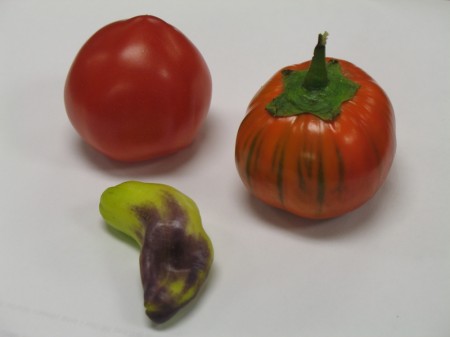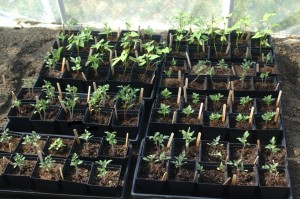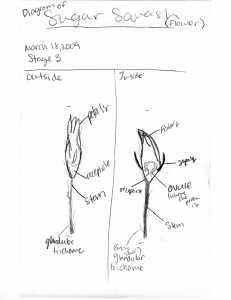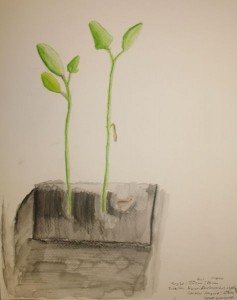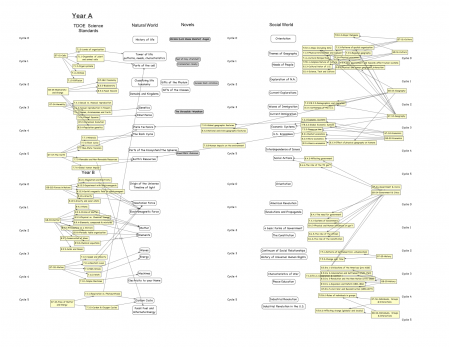“… he was purchasing time, than which nothing is more precious to a man bent on great achievements” – from Plutarch‘s Life of Sertorious
Without grades and extrinsic rewards, students build much more durable commodities: strength of character and self-motivation. But as I try to manage a classroom there are so many things that could so easily be considered rewards. The most important of these is time.
I feel the significance of time most of all when we have to reschedule P.E. for the end of the day instead of just after lunch. We only do it then when there’s a lot of work that I want to make sure the students get done. It sits there, dangling at the end of the day, if only they’re focused enough, if only they work smoothly and efficiently enough.
It’s clear from the literature, and from my own observations when I do this, that extrinsic rewards reduce creativity and devalue both the work and the reward itself. So I suppose I may just have to say, on those days with too much to be done, that we’ll have to skip P.E. and eliminate the expectation altogether. It’s something I’d prefer not to do, but it’s unrealistic to expect students to give their full though and concentration to a subject while glancing at the clock every five minutes.

